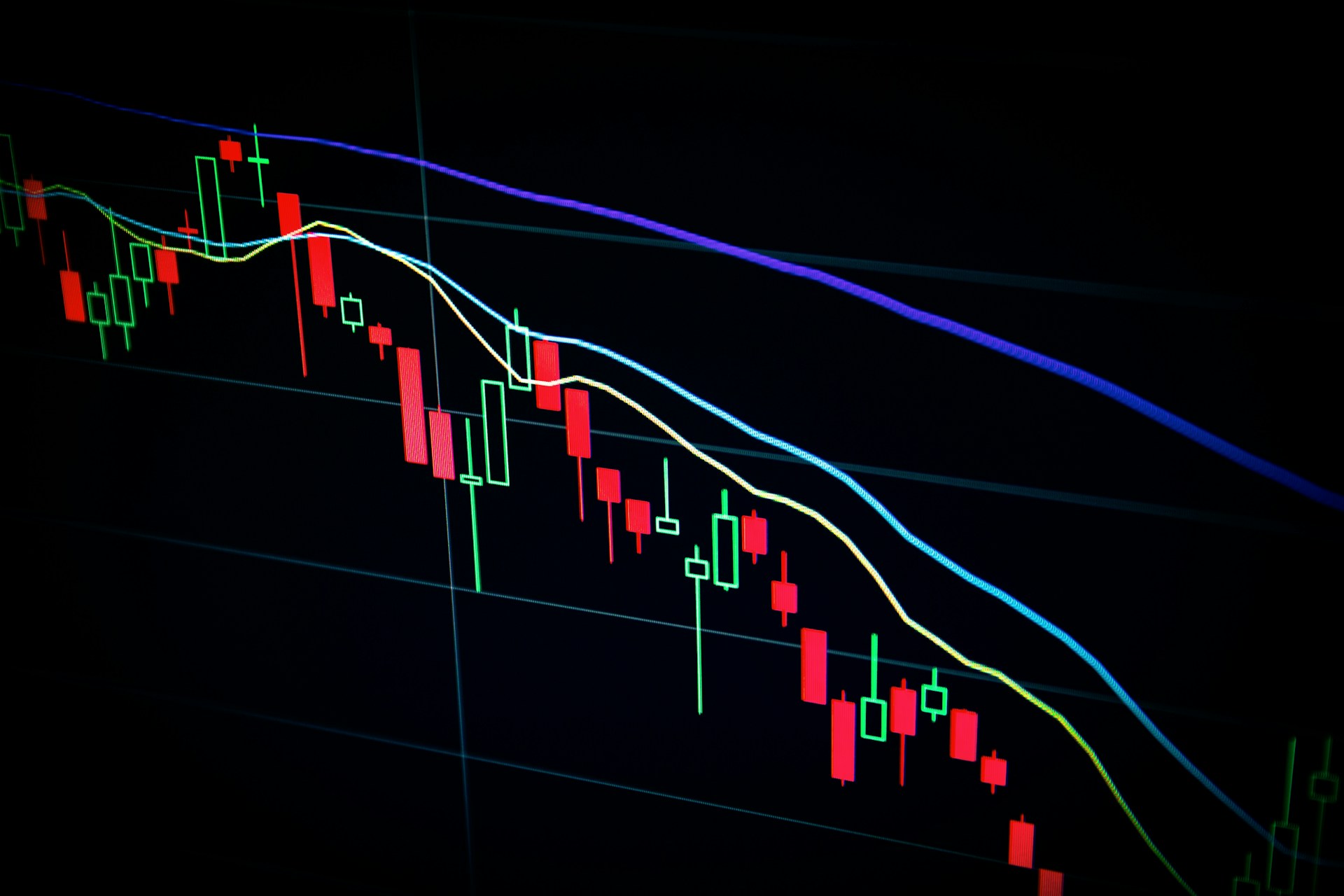Foreign investors have been selling Asian equities left and right! This relentless selling has raised concerns about the health of the local market and the broader economy as well.
However, the resilient domestic flows in India managed to support the country’s equity market to ease the pain. It reflects the high conviction in the past and great returns from the market.
But the million-dollar question is – Will this resistance last?
The Rise Of Domestic Investors In India
Since October 2024, foreign investors have sold around $39.5 billion of Asian equities, half of which were from India.
The uncertainty stems from President Donald Trump’s recent policies, including the imposition of tariffs on imports from China, Canada, Mexico, and other countries.
These tariffs, covering goods such as steel, aluminum, automobiles, computer chips, and pharmaceuticals, have disrupted global trade and significantly impacted Asian economies.
Still, the Indian equity market remains relatively resilient, with only the BSE Sensex down to 10% from its peak in late September.
Largely, the credit goes to big domestic inflows from homegrown investors and domestic institutions.
This over-reliance of the Indian equity market on domestic investors has never been more prominent. Fortunately, the local investors will continue to pour money as they apparently have a price-agnostic investment philosophy.
Why Foreign Investors Exiting The Asian Market?
While the Indian market has been trading at a premium valuation compared to other Asian markets, it’s important to note that not all Asian markets are experiencing downturns; for instance, China’s market has shown resilience.
Also, there has been a shift from India to China due to perceived safety and growth opportunities in the US market, along with rising US bond yields.
The current support for the Indian equity market primarily comes from Domestic Institutional Investors (DIIs), who have invested approximately ₹1.2 lakh crore in equities since January 2025.
On the other hand, FIIs have offloaded Indian stocks worth almost ₹1.12 lakh crore during the same period. Retail participation, however, has remained subdued, making DIIs the dominant force in sustaining market stability.
One of the major reasons for FIIs selling Indian equities is the potential for higher returns from the Chinese market.
Since China trades at less than almost half of India’s valuation, the less expensive proposition compels investors to pull money from the Indian market.
Also, what further complicates the global trade environment is the uncertainties surrounding reciprocal tariffs. The Trump administration has proposed imposing tariffs on commercial ships built in China entering U.S. ports, aiming to counter China’s maritime dominance.
This move could lead to increased costs for shipping companies and sectors reliant on low-cost transportation, such as technology and apparel, thereby affecting global trade dynamics.
Not to mention, the Indian stock market has witnessed a significant decline over the last few weeks, with the hardest hit to the small-and mid-cap stocks, with respective drops of 21% and 19%.
Moreover, rising U.S. bond yields and the appreciation of the U.S. dollar are influencing investment decisions.
Higher yields make U.S. assets more attractive, potentially leading to capital outflows from emerging markets like India, while a stronger dollar can impact the competitiveness of Asian exports.
Can Domestic Investment Sustain Market Stability?
So far, domestic investors have shown faith in the nation’s equities, providing a cushion to Indian stocks at a time of the lofty valuation hampering corporate earnings.
Also, President Donald Trump’s recent trade policies, including the imposition of tariffs on various imports, have introduced significant uncertainties, fueling global volatility.
The street has polar views on whether FIIs will start buying into Indian equity in the short term. However, they do believe that investors will return on a medium to long-term basis.
The question arises- how long can these homegrown investors sustain the bedrock of the market?
While the future remains uncertain, the market’s short-term outlook seems to be consistently bleak until there is a significant shift or change toward corporate earnings, economic growth, and FII investors’ confidence.
Just like the homegrown investors, you can too have a stronghold in Indian equity as, in the long run, the market stabilises itself. This warrants you to invest in the best smallcase portfolios, such as PINC Classic Compounder Fundamental, which promises potential growth at 15 to 20% in the next three to five years.
Conclusion
The resilience of domestic investors in India’s equity market remains a bedrock for stability amidst foreign investors retreating their money.
Whether overvaluation, global economic uncertainty, or less expensive investment prospects in China and other Asian markets compared to pumping money to India, FII seems to continue to sell for now.
Investors need to trust their fundamentals in these testing times and seek expert guidance to navigate through such evolving financial landscapes.
We at PINC Wealth offer curated smallcase portfolios designed to align with market dynamics, helping you to capitalise on market trends through effective risk management, leading towards wealth building.

































